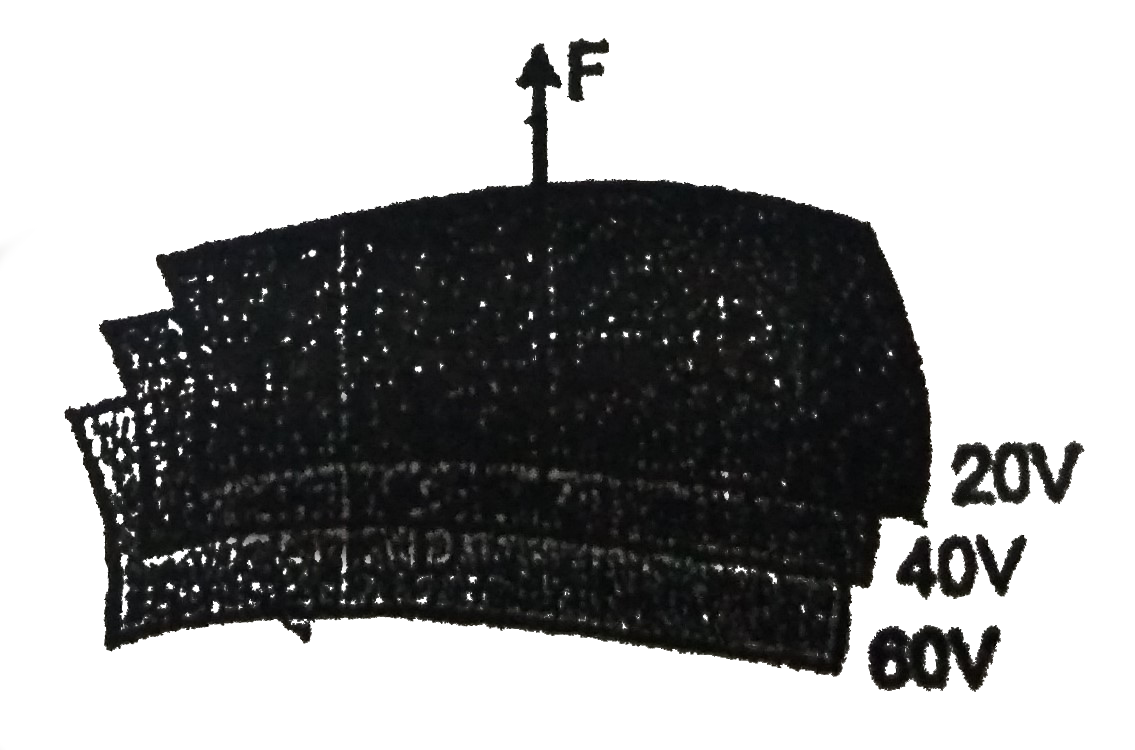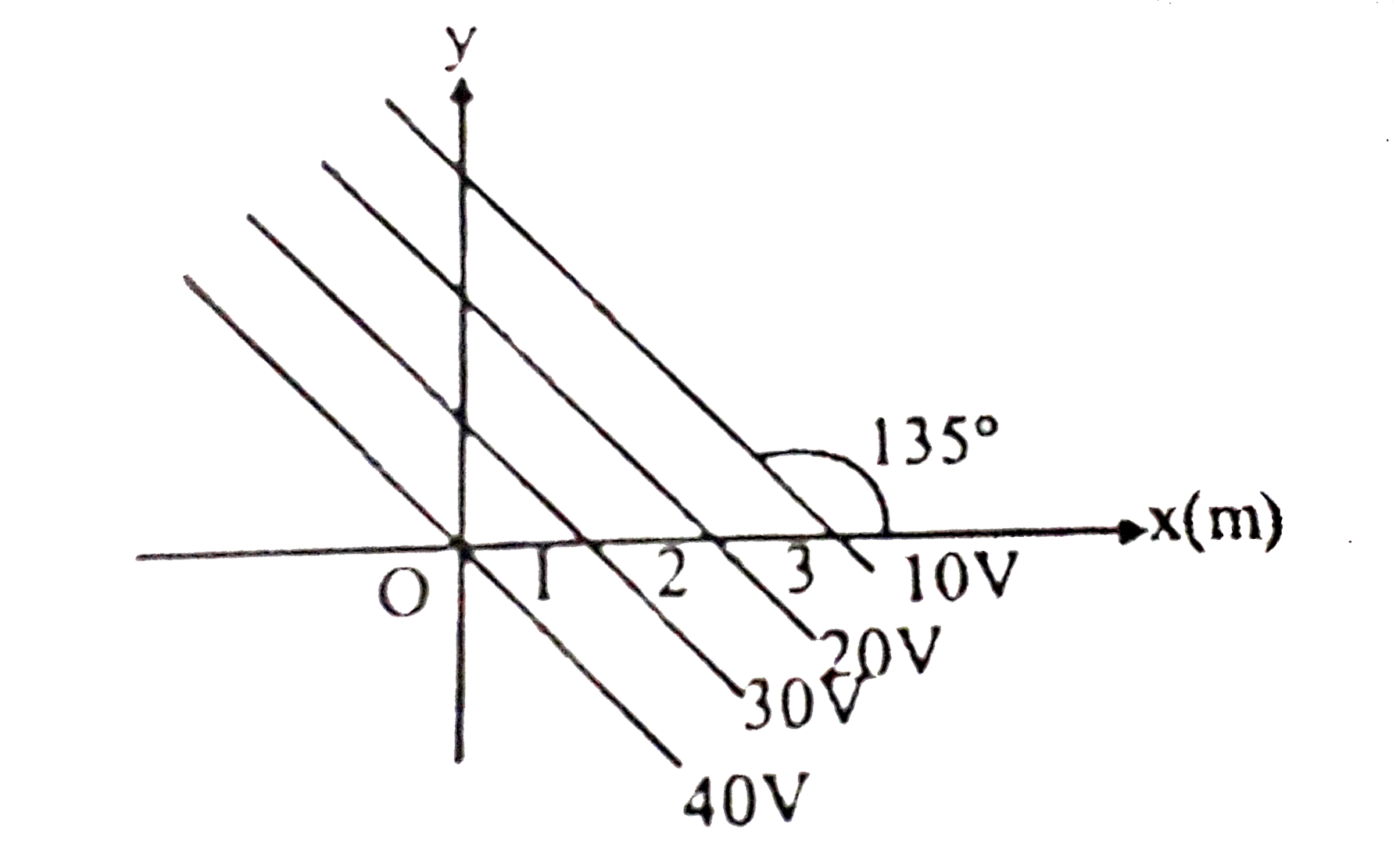For any charge configuration, equipotential surface through a point is normal to the electric field. Justify.
We know that, the work done (W) in moving a test charge along an equipotential surface is zero.
This is because an equipotential surface with a constant vale of potential at all the points on the surface.
∴ W=FScosθ=0.
Here, F is the electric force and S is the magnitude of displacement of the charge. For non-zero displacement, this is possible only when cosθ is equal to 0.
i.e. cosθ=0⇒=90∘.
Thus, the force acting on the point charge is perpendicular to the equipotential surface. We know that the lines of force or the electric field lines indicate the direction of electric force on a charge. Thus, for any charge configuration, equipotential surface through a point is normal to the electric field.
Topper's Solved these Questions
- XII BOARDSBook:XII BOARD PREVIOUS YEAR PAPER ENGLISHChapter:XII BOARDSExercise:[SET - II DELHI BOARD]
Explore 5 Videos
- XII BOARDSBook:XII BOARD PREVIOUS YEAR PAPER ENGLISHChapter:XII BOARDSExercise:[SET - III, DELHI BOARD]
Explore 6 Videos
- XII BOARDSBook:XII BOARD PREVIOUS YEAR PAPER ENGLISHChapter:XII BOARDSExercise:SET-II
Explore 33 Videos
- SAMPLE PAPER 2019Book:XII BOARD PREVIOUS YEAR PAPER ENGLISHChapter:SAMPLE PAPER 2019Exercise:SECTION D
Explore 6 Videos
Similar Questions
Nature of equipotential surface for a point charge is
View SolutionEquipotential surfaces are shown in figure. Then the electric field strength will be

View SolutionThe law goverening electrostatics is coulomb's law.In priciple coulomb's law can be used to compute electric field due to any charge configuation .In pracitce however it is a formidable task to compute electric field due to uniform charge distributions .For such cases Gauss proposed a theorem which states that
∮¯¯¯E.¯¯¯¯ds=qε0
where ds is an element of area directed across the outward normal for the surface at every point .The integral is called electric flux.Any convenient surface that we choose to evalute the surface integral is called the Gaussian surface.
The SI unit of electric flux is
View SolutionIf the given figure shows equipotential surfaces, then the magnitude of electric field is

View SolutionA family of equipotential surface are shown. The direction of the electric field at point A is along-

View SolutionIn the following question a statement of assertion (A) is followed by a statement of reason (R )
A : An equipotential surface is normal to electric field lines.
R : Potential increases in direction of electric field .
View SolutionS1: When a positively charged particle is released in an electric field , in its subsequent motion,it may or may not move along the electric field line passing through the point it has been released.
S2: In electrostatic, conductors are always equipotential surfaces.
S3: The flux through a closed Gaussian surface is non-zero. The electric field at some point on the Gaussian surface may be zero.
View SolutionFigure shows sone equipotential surfaces produce by some charges. At which point, the value of electric field is greatest ?

View Solution(Figure 3.27) shows equipotential surfaces. What is the direction of electric field →E at P and R?
 .
.
View SolutionFigure shows a set of equipotential surfaces. The magnitude and direction of electric field that exists in the region is-

View Solution

